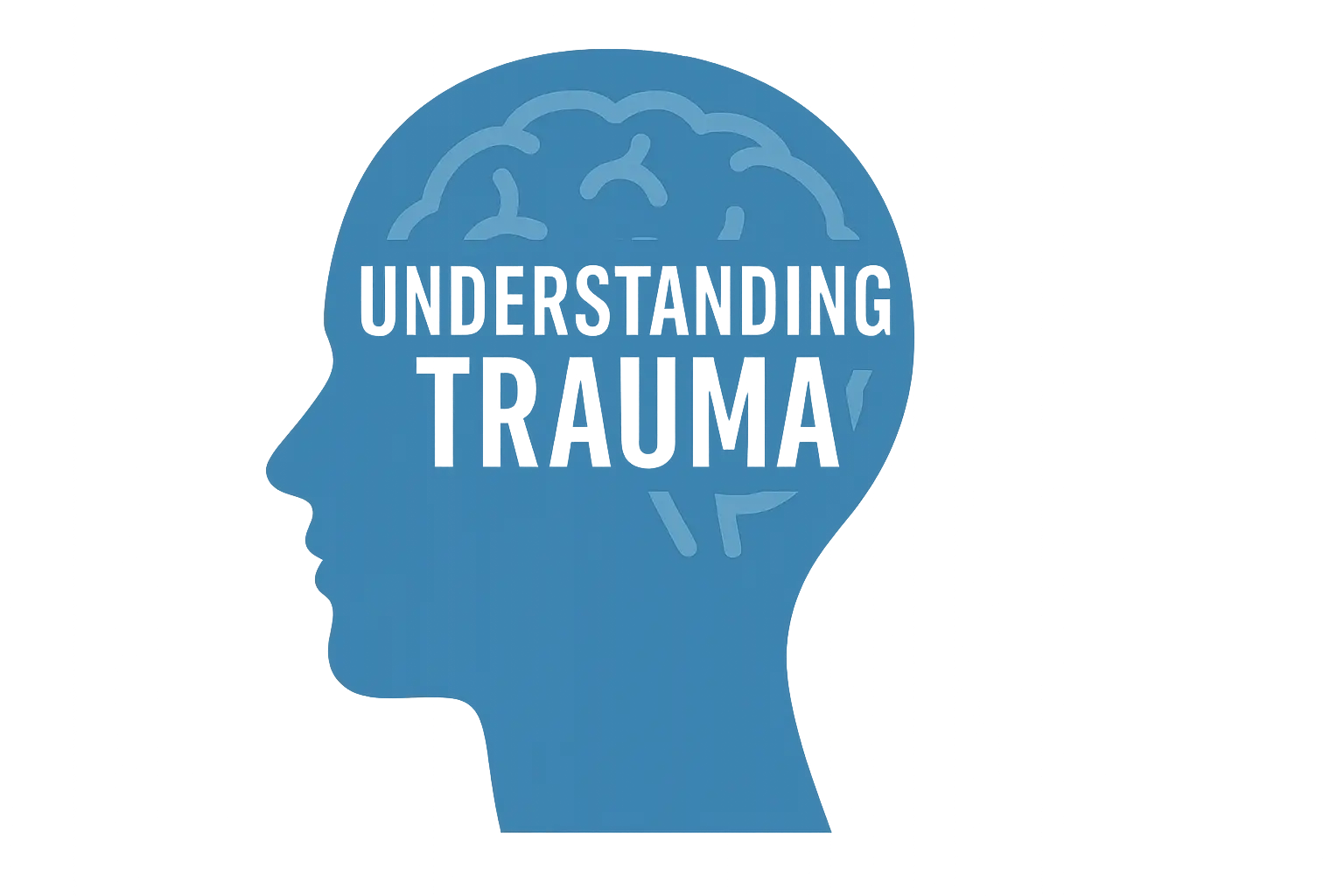Start Healing from Trauma, Without Leaving Home
Trauma can affect every part of your life, your mood, your relationships, your sleep, and your sense of safety. But healing is not only possible; it’s accessible. At WPA Counseling, our online trauma therapy helps you begin the journey of recovery without the added stress of leaving home.
Whether you’re facing ongoing anxiety, struggling with flashbacks, or feeling emotionally stuck, our licensed trauma therapists in Pennsylvania are trained to help you understand, process, and move through what you’ve experienced.
Not sure if trauma is what you’re dealing with? Read our guide to Recognizing PTSD Symptoms to better understand the signs.
Why Choose Online Trauma Therapy? Real Reasons Clients Prefer It
For many trauma survivors, the idea of entering a clinical office can be anxiety-inducing. Online therapy offers a level of accessibility, control, and comfort that can’t be overstated:
- Safety and Familiarity: You choose where your session takes place, whether it’s your bedroom, office, or even your car. For survivors of emotional abuse, that sense of control is powerful.

- Expanded Access: You’re no longer limited by geography. Find a specialist in trauma therapy or childhood trauma regardless of where you live in Pennsylvania.
- Schedule Flexibility: Online sessions reduce missed appointments and make it easier to stay consistent, especially important when working through high-functioning anxiety or emotional regulation issues.
- Deeper Emotional Openness: Many clients feel safer opening up in their own space, particularly when sharing sensitive or traumatic experiences.
Explore how our online counseling services are structured to meet you where you are.

What Makes Online Trauma Therapy So Effective?
Therapy works when there’s connection, consistency, and clinical strategy. And all of those are possible online.
Studies show online therapy is just as effective as in-person care for PTSD, anxiety, and depression. The key is the therapist’s skill and your commitment to healing; not the setting. At WPA Counseling, we combine evidence-based practices with a deeply human, trauma-informed approach.
Many of our clients begin with Individual Counseling for Anxiety and Depression before discovering how past trauma may be influencing their present.
Modalities Offered in Our Online Trauma Counseling
Depending on your unique needs and history, your therapist may use one or more of the following approaches:
- TF-CBT: Helps you reframe distorted thoughts, build coping skills, and reduce avoidance behaviors.
- EMDR: Allows your brain to reprocess disturbing memories, reducing their emotional impact.

- Somatic Therapy: Uses breathwork, movement, and body awareness to release trauma stored in the nervous system.
- IFS: Explores your internal landscape and helps you reconnect with wounded “parts” that carry trauma.
- Narrative Therapy: Supports you in retelling your story with strength and meaning, helping you reclaim your identity as a survivor.
Read more in Trauma Therapy Explained.
What to Expect in Your First Few Sessions
The first session focuses on safety and trust not disclosure. You’ll talk about what’s bringing you to therapy and identify short-term and long-term goals.
Your therapist will:
-
Ask about symptoms, relationships, and any prior therapy experience
-
Share their approach to trauma work
-
Collaborate with you to build a treatment plan
-
Introduce grounding or emotion regulation techniques
You don’t have to dive deep until you’re ready. For more insight, see 3 Powerful Stages of Trauma Recovery.

Who Is Online Trauma Therapy Right For?
Online therapy is ideal for people experiencing:
-
PTSD or trauma-related stress
-
Emotional flashbacks, nightmares, or panic
-
Avoidance behaviors and detachment
-
History of childhood trauma
-
Grief-related trauma from loss, as explored in Grief and Loss Counseling Services
Tips to Make Virtual Trauma Therapy Work for You
To get the most from your sessions:
-
Use a quiet, private room and headphones
-
Keep grounding tools nearby (a soft item, tea, or a favorite scent)
-
Journal between sessions to track emotions
-
Practice recommended exercises like breathwork or affirmations
For additional wellness ideas, try our guide on Staying Active to Beat the Winter Blues.
You Can Heal. You Just Have to Start.
Trauma doesn’t have to control your life. With the right support, you can process your past, reconnect with yourself, and move toward peace.
Whether you’re recovering from abuse, grieving a painful loss, or just feel like something “isn’t right”; you are not alone. Our online trauma therapists are ready to walk with you, every step of the way.
Start your journey today with Online Counseling at WPA.








